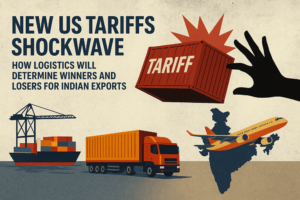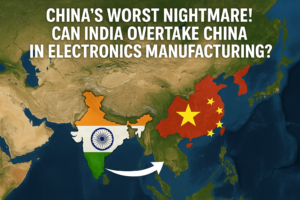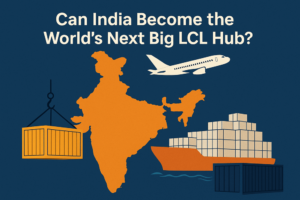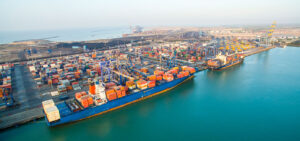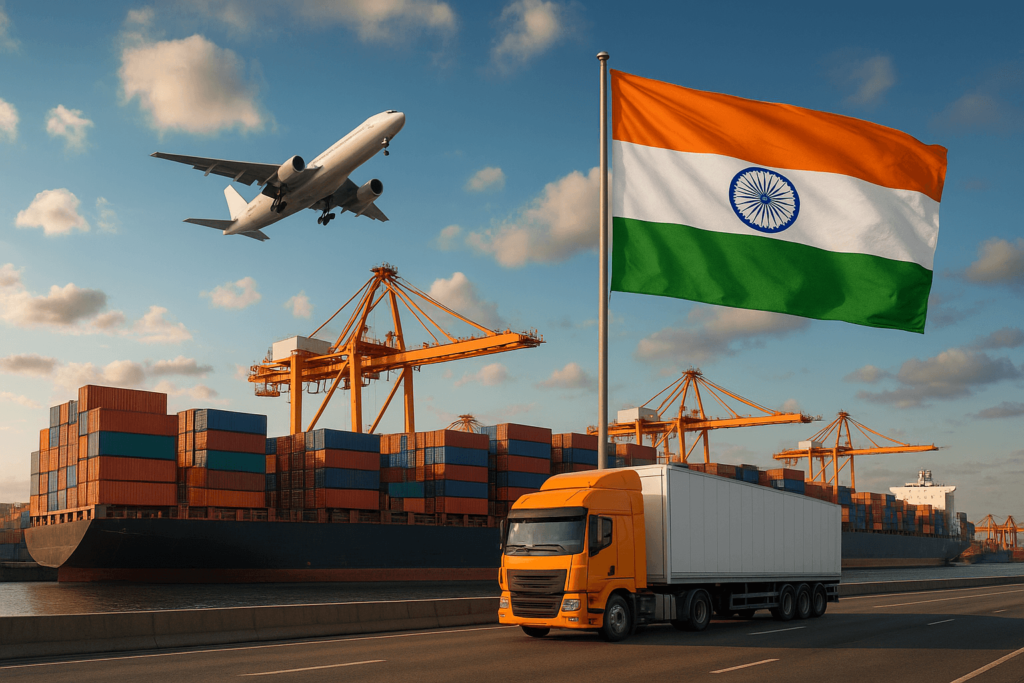
The Future of Indian Freight Forwarding: Navigating Global Consolidation and Growing Freight Dominance
Understand the Impact of Global Freight Forwarding Consolidation on Indian Logistics and What Indian Companies Must Do to Compete
The global freight forwarding industry is witnessing a seismic shift with massive consolidation among top players, fundamentally reshaping how goods move across continents. Indian freight forwarders and less-than-container load (LCL) consolidators face mounting pressure as multinational giants tighten their grip on the market, especially on high-volume trade routes like Asia-Europe and Transpacific.
This blog explores the challenges and opportunities amid this consolidation and highlights strategies Indian companies can adopt to stay competitive and thrive in the evolving global logistics landscape.
Global Freight Forwarding Market Consolidation: What’s Happening?
Today, just 20 multinational freight forwarders—including DHL, Kuehne + Nagel, DB Schenker, DSV, and Sinotrans—control between 55% and 70% of the world’s containerized cargo. This dominance extends across both Full Container Load (FCL) and LCL segments, with LCL constituting around 8% of global container trade, worth approximately $200 billion annually.
Large consolidators leverage their immense FCL volumes to control the LCL business, building closed ecosystems that favor their own networks and partners. Regional alliances and networks like WCA, Neptune, and Global Logistics Network try to remain relevant by pooling resources but face fierce competition from expanding Asian players such as Kerry Logistics and SF Express.
Position of Indian Freight Forwarders in the Global Arena
For Indian companies, space to grow is becoming increasingly limited. The top 10 Indian freight forwarders currently control less than 10% of India’s international LCL volume, whereas the leading 10 in China or Germany manage over 60%.
Reasons behind this gap include:
- Massive investments by global players in digital platforms, real-time tracking, and automated systems.
- Large acquisitions by global forwarders consolidating their power and technological capabilities.
- Strong national loyalty among exporters in countries like China, Japan, and Germany toward their homegrown logistics champions.
- Indian exporters predominantly choosing multinational forwarders like DHL and Kuehne + Nagel over domestic providers, preventing scale growth for local players.
Lessons from Global Export Powerhouses
Countries like China, Japan, Korea, and Germany have become export leaders by nurturing and building robust domestic shipping and logistics sectors. Their governments support national champions through policies and incentives, which boost technological adoption and global expansion.
India is beginning to support ship ownership and manufacturing, but private sector alignment and exporter support for domestic logistics firms are still lagging.
What Indian Companies Must Do to Compete Successfully
Indian freight forwarders and consolidators need to:
- Focus on Technology Investment: Invest heavily in AI-driven route optimization, online booking, and real-time cargo tracking to meet growing digital demands.
- Build Scale through Collaboration: Smaller players should pool volumes and resources through industry alliances like Neptune, WCA, and FFFAI.
- Encourage Exporters to Support Local Providers: Large Indian exporters must prioritize homegrown logistics companies to drive growth and innovation.
- Develop Digital Ecosystems: Create integrated platforms that streamline freight forwarding services and improve customer experience.
Industry pioneers such as Allcargo Logistics and Jeena & Company are already taking steps forward, demonstrating the potential for growth with technology and innovation.
Role of Policymakers
To foster a thriving local logistics ecosystem, policymakers should:
- Provide incentives such as tax breaks, priority port access, and digital infrastructure grants for exporters and importers using Indian logistics providers.
- Encourage regulations that promote technology adoption and competitiveness among domestic players.
- Learn from countries like China and Japan, where state support is critical to logistics sector growth.
The Stakes for India’s Logistics Sector
India’s exports are expected to reach $900 billion by 2030, making control over logistics critical for competitiveness and supply chain resilience. The sector employs over 22 million people, and without adaptation, consolidation could squeeze out small and medium players, relegating them to low-margin roles.
Mumbai-based ECU Worldwide’s success story shows that Indian logistics companies can compete globally through digital investments and network expansion, but broader industry-wide adoption is essential.
Conclusion: Seize the Moment for Indian Logistics
The consolidation wave in global freight forwarding is accelerating rapidly. Indian logistics firms and policymakers face an urgent choice: either adapt swiftly through technology, collaboration, and domestic support or risk losing out to multinational giants.
With bold vision and coordinated efforts, India can build a resilient logistics ecosystem that empowers exporters, creates jobs, and drives sustained economic growth.
What’s the biggest challenge facing Indian logistics today? Share your views and join the conversation!
If this blog provided valuable insights, please like, share, and comment.



